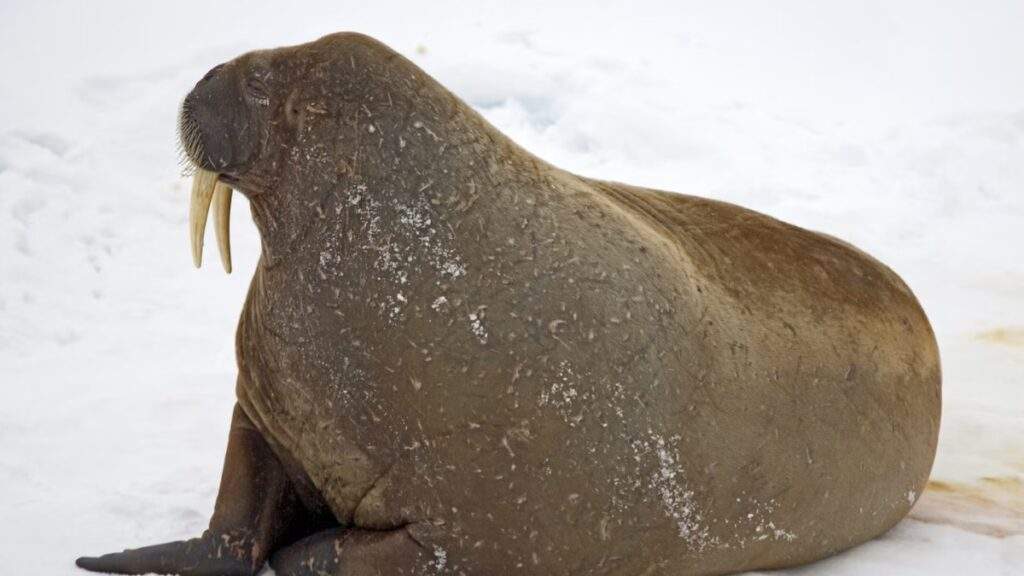Scientists Uncover New Species of Extinct Walrus, Ontocetus posti
In a groundbreaking discovery, scientists have unearthed a previously unknown marine mammal species, Ontocetus posti, which lived 2.2 million years ago. Led by Dr. Mathieu Boisville from the University of Tsukuba, this finding provides fresh insights into the evolutionary history of walruses and the impact of environmental changes on marine life.
The fossil remains of Ontocetus posti were initially misidentified but later revealed unique features distinguishing it from its relatives. The newly identified species exhibits several notable traits, such as four post-canine teeth, a larger lower canine, and a short, fused mandibular symphysis. These features suggest it was a suction-feeder, similar to modern walruses.
The discovery of Ontocetus posti highlights convergent evolution, where different species develop similar traits due to similar environmental pressures. The species’ presence in the North Atlantic illustrates a fascinating migration story, with Ontocetus believed to have originated in the North Pacific Ocean and migrated to the Atlantic via the Central American Seaway, a now-closed oceanic passage.
As the climate cooled and the seaway closed during the Late Pliocene, the environment shifted significantly, likely contributing to the extinction of Ontocetus posti by the Early Pleistocene. This extinction paved the way for the modern walrus, Odobenus rosmarus, which now inhabits the Arctic.
The discovery of Ontocetus posti is crucial for understanding walrus evolution and the effects of past environmental changes on marine mammals. It underscores how species adapt to shifting climates and can offer insights into how current and future climate changes might affect marine life. Studying such extinct species helps refine our knowledge of marine mammal evolution and guides conservation efforts for existing species.
This finding opens new avenues for research into pinnipeds, including seals, sea lions, and walruses. Future studies may explore other Pleistocene deposits to uncover more about marine mammal diversity. Each discovery enriches our understanding of the history of life in our oceans, offering clues to both past and present marine ecosystems.
For the latest tech news and reviews, follow Gadgets 360 on X, Facebook, WhatsApp, Threads and Google News. For the latest videos on gadgets and tech, subscribe to our YouTube channel. If you want to know everything about top influencers, follow our in-house Who’sThat360 on Instagram and YouTube.
